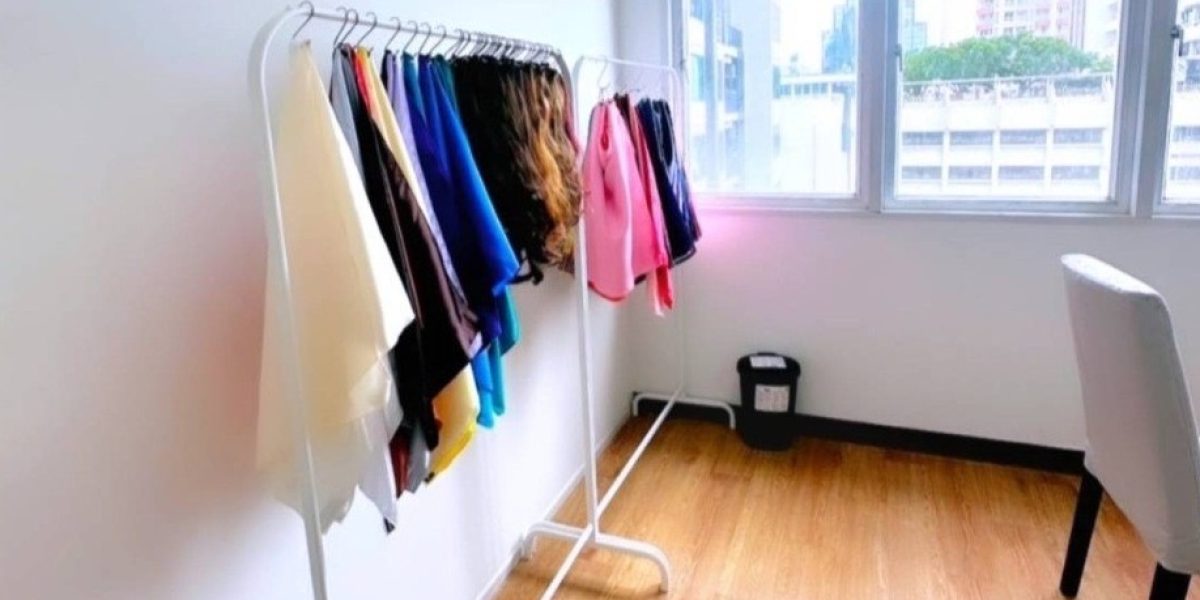Personal Color
Blog
Personal Color is important to lifestyle because colors play a crucial role in creating a first impression. The significance of color goes beyond just making you look good; it is essential in enhancing your image and boosting your confidence.
First, we need to understand the theory of colors. The basic colors are blue, yellow, and red, which combine to form other colors, eventually leading to the creation of the color wheel.
Personal Color analysis is a method of determining which colors suit a person best, based on their physical characteristics such as skin tone, hair color, and eye color. The analysis also includes testing fabric swatches to see how different colors affect the person’s appearance.
Summer (Cool Tone)
Cool tones, with suitable colors being pastels and cool shades, such as light blue, soft pink, lavender, and mint green.
Winter (Cool Tone)
Deep and vibrant cool tones, such as black, charcoal gray, pure white, navy blue, and dark purple.
Spring (Warm Tone)
Warm, bright tones, such as orange, light green, clear blue, bright yellow, and red-orange.
Autumn (Warm Tone)
Warm tones with depth, such as brown, gold, pumpkin, mustard yellow, and olive green.
A more detailed analysis breaks the color palette into 12 sub-groups (Seasons), providing more precise color recommendations. These are classified into both Cool and Warm tones:
| Group | Tone | Description |
|---|---|---|
| 1. Winter Deep | Cool Tone | Very dark shades, such as black, deep blue, dark gray, dark purple |
| 2. Winter Cool | Cool Tone | Vivid and sharp colors, such as burgundy, deep gray, navy blue |
| 3. Summer Cool | Cool Tone | Soft and cool shades, such as light blue, lavender, soft pink |
| 4. Summer Soft | Cool Tone | Soft pastel tones, such as mint green, lavender |
| 5. Spring Bright | Warm Tone | Bright and fresh colors, such as orange, bright blue, lime green |
| 6. Spring Light | Warm Tone | Soft and bright shades, such as bright yellow, light red-orange, soft pink |
| 7. Autumn Deep | Warm Tone | Deep, warm colors, such as dark brown, golden brown, olive green |
| 8. Autumn Soft | Warm Tone | Soft, warm shades, such as light orange, muted green, mustard yellow |
| 9. Winter Bright | Cool Tone | Vibrant and sharp shades, such as electric blue, bright red, emerald green |
| 10. Spring Warm | Warm Tone | Warm and bright colors, such as bright orange, golden yellow, red-orange |
| 11. Autumn Light | Warm Tone | Soft, neutral tones, such as beige, light olive green, cream |
| 12. Summer Light | Cool Tone | Soft, light shades, such as light peach, soft pink, light blue |
Recommended Colors: The right colors for each group will enhance a person’s appearance. For example, for Winter, deep, cool shades are recommended, while for Spring, bright and warm tones like orange and yellow are ideal.
Colors to Avoid: Wearing colors that are opposite to your group’s recommended palette can make you look dull. For instance, Summer individuals should avoid yellows or oranges, as these can make the complexion appear sallow, while Autumn people should avoid cool tones like blue, as these may make them look pale.
Makeup colors, such as lipstick, eyeshadow, and blush, should align with the individual’s color group to create a balanced, flattering look. For example:
Testing fabric swatches helps to determine which colors make the skin look brighter and more vibrant. You can observe:
Personal Color analysis helps you choose the best colors for your clothing and makeup, enhancing your appearance and boosting confidence by selecting the hues that complement your unique features!
